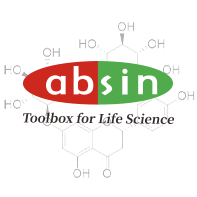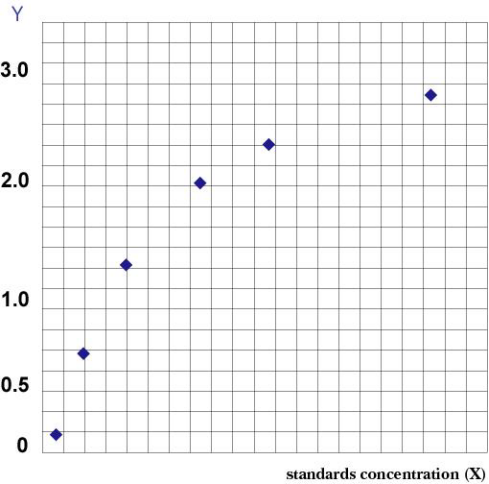Product Details
Product Details
Product Specification
| Usage |
Sample Collection, Processing, and Storage Methods1. Serum: Use pyrogen- and endotoxin-free tubes. Avoid any cell stimulation during the procedure. After blood collection, centrifuge at 3000 rpm for 10 minutes to quickly and carefully separate the serum from the red blood cells. 2. Plasma: Anticoagulate with EDTA, citrate, or heparin. Centrifuge at 3000 rpm for 30 minutes and remove the supernatant. 3. Cell Supernatant: Centrifuge at 3000 rpm for 10 minutes to remove particles and aggregates. 4. Tissue Homogenate: Add an appropriate amount of saline to the tissue and mash. Centrifuge at 3000 rpm for 10 minutes and remove the supernatant. 5. Storage: If samples are not tested promptly after collection, aliquot them into single-use aliquots and freeze at -20°C to avoid repeated freezing and thawing. Thaw at room temperature and ensure the sample is evenly and fully thawed. Reagent PreparationDilution of 20× Wash Buffer: Dilute distilled water 1:20, i.e., add 1 part 20× Wash Buffer to 19 parts distilled water. Plate Washing Method1. Manual Plate Washing: Shake off all liquid in the wells, fill each well with wash buffer, let stand for 1 minute, shake off all liquid in the wells, and pat dry on absorbent paper. Wash the plate 5 times in this manner. 2.Automatic plate washer: Add 350 μL of wash solution to each well, soak for 1 minute, and wash the plate 5 times. 1. Remove the desired strips from the aluminum foil bag after equilibration at room temperature for 20 minutes. Seal the remaining strips in a ziplock bag and return them to 4°C. 2. Set up standard wells and sample wells. Add 50 μL of a standard of varying concentration to each standard well. 3. First, add 10 μL of the sample to be tested to the sample well, followed by 40 μL of sample diluent. Do not add anything to the blank well. 4. Add 100 μL of horseradish peroxidase (HRP)-labeled detection antibody to each standard and sample well, except for the blank well. Seal the wells with sealing film and incubate at 37°C in a waterbath or incubator for 60 min. 5. Discard the liquid, pat dry on absorbent paper, then fill each well with wash buffer. Let stand for 1 min, discard the wash buffer, and pat dry on absorbent paper. Repeat this process five times (a microplate washer can also be used). 6. Add 50 μL each of substrates A and B to each well and incubate at 37°C in the dark for 15 min. 7. Add 50 μL of stop solution to each well and measure the OD value of each well at 450 nm within 15 min. Result Evaluation Draw a standard curve: In an Excel worksheet, use the standard concentration as the horizontal axis and the corresponding OD value as the vertical axis to draw a linear regression curve for the standard. Calculate the concentration of each sample according to the curve equation. |
||||||||||||||||||||||||||||||
| Species Reactivity | Monkey | ||||||||||||||||||||||||||||||
| Theory | The kit utilizes a double-antibody, one-step sandwich enzyme-linked immunosorbent assay (ELISA). Samples, standards, and HRP-labeled detection antibodies are sequentially added to microwells pre-coated with ubiquitin carboxyl-terminal esterase L1 (UCHL1) antibodies. The assay is incubated and thoroughly washed. The substrate TMB is used for color development. TMB converts to blue under peroxidase catalysis and to yellow under acid. The intensity of the color is positively correlated with the amount of ubiquitin carboxyl-terminal esterase L1 (UCHL1) in the sample. The absorbance (OD) is measured at 450 nm using a microplate reader to calculate sample concentration. | ||||||||||||||||||||||||||||||
| Synonym | PGP 9.5;UCHL1;UCHL-1 | ||||||||||||||||||||||||||||||
| Composition |
Note: The concentrations of standards (S0-S5) are: 0, 50, 100, 200, 400, 800 ng/mL |
||||||||||||||||||||||||||||||
| General Notes |
1. Store the kit at 2-8°C and equilibrate at room temperature for 20 minutes before use. Crystallization may occur in the concentrated wash buffer after removal from the refrigerator. This is normal. Heat in a water bath to completely dissolve the crystals before use. 2. Immediately return unused strips to the ziplock bag and seal (dry at low temperature) for storage. 3. The S0 standard, with a concentration of 0, can be considered a negative control or blank. When following the instructions, the sample has been diluted 5-fold; the final result, multiplied by 5, is the actual sample concentration.4. Strictly follow the incubation times, addition volumes, and order specified in the instructions.5. Shake all liquid components thoroughly before use. |
||||||||||||||||||||||||||||||
| Storage Temp. | Unopened test kit, sealed and stored at 2-8℃, valid for 6 months | ||||||||||||||||||||||||||||||
| Test Range | 10 - 800ng/mL; Sensitivity: minimum detection concentration is less than 10ng/mL. |



